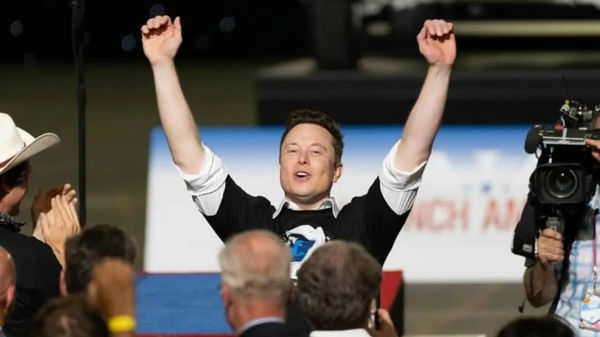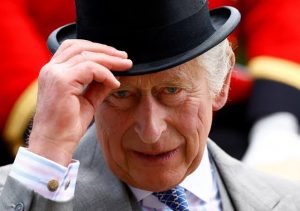Hours after the Inspiration4 crew returned from the orbit, SpaceX CEO Elon Musk pledged a $50 million to the fundraiser for St. Jude Children’s Research Hospital, taking the total amount well past $210 million. Four space tourists safely ended their trailblazing Saturday with a splashdown in the Atlantic off the Florida coast.
Launched on Wednesday, one of the main goals of the Inspiration4 mission was to raise $200 million for St. Jude. The institute is a pediatric treatment and research facility focused on children’s catastrophic diseases, particularly leukemia and other cancers.
Also read: In Pics | SpaceX’s Inspiration4 mission splashes down on Earth
“Count me in for $50M,” Musk said in a tweet on Saturday.
Amoung the four space tourists is Hayley Arceneaux, 29, a childhood bone cancer survivor who works as a physician assistant at St Jude Children’s Research Hospital in Memphis, Tennessee. She was treated there.
Inspiration4 billionaire entrepreneur commander Jared Isaacman, who purchased the flight from SpaceX, donated $100 million to St. Jude.
Also read: SpaceX Inspiration 4 lands back, Internet blasts off
The Inspiration4 mission had raised $60.2 million in donations and with Musk pledging to contribute $50 million – the campaign’s total raised to more than $210 million.
The Inspiration4 spaceflight became the first private SpaceX spaceflight with the first entirely nonprofessional crew to become astronauts. It had the first Black female spacecraft pilot, the youngest American astronaut to date, and the first person to fly in space with a prosthesis.
Also read: Inspiration4 splashdown: Why SpaceX chose nighttime water landing
“Your mission has shown the world that space is for all of us,” SpaceX Mission Control radioed after the landing.
“It was a heck of a ride for us … just getting started,” replied Jared Isaacman, referring to the growing number of private flights on the horizon.
SpaceX’s fully automated Dragon capsule reached an unusually high altitude of 363 miles (585 kilometers) after Wednesday night’s liftoff. Surpassing the International Space Station by 100 miles (160 kilometers), the passengers savored views of Earth through a big bubble-shaped window added to the top of the capsule.







